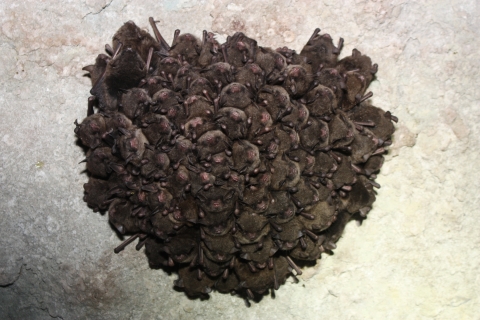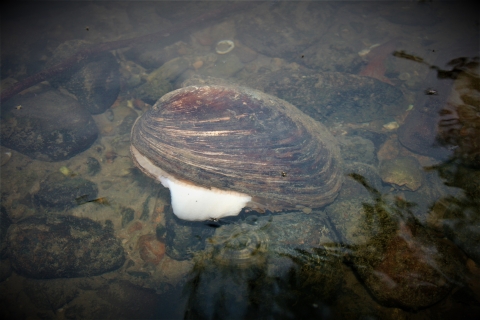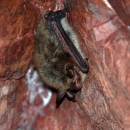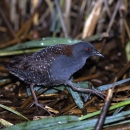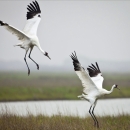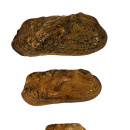Featured Species
The Indiana Field Office has the national lead for recovery of the Indiana bat, a federally endangered bat found throughout the state. In fall and winter, these small, insect-eating mammals hibernate in caves and mines in the southern part of the state, gathering in clusters of up to 500 bats per square foot. In spring, they emerge, and females form maternity colonies to raise their young in woodlands throughout the state. Ensuring safe hibernation and summer habitat is key to recovering the Indiana bat.
Indiana supports one of the more robust populations of freshwater mussels in the midwest. The Tippecanoe River is home to the most diverse and healthy populations of mussels, including eight species that are federally endangered or threatened. Mussels are a key component of healthy river systems, providing food for other species, and filtering water. Healthy mussels thrive only in clean water, so their presence is an indicator of water quality.
Migratory tree bats, including hoary, red and silver-haired bats, live in and migrate through the state in tremendous numbers. These bats spend winters in trees or other protected spaces rather than hibernating in caves. Recent studies show that these bats are more likely to be affected by wind turbines, so efforts are underway to explore conservation options before they become endangered.

